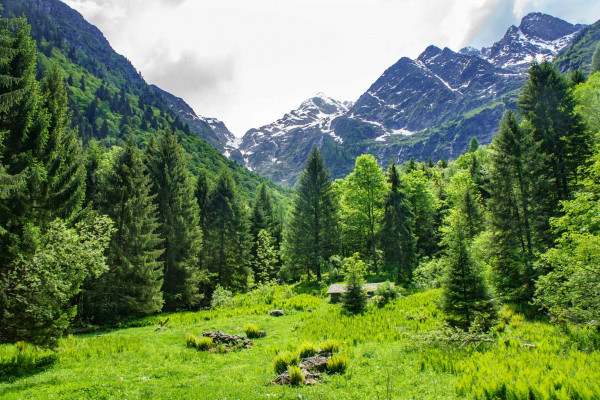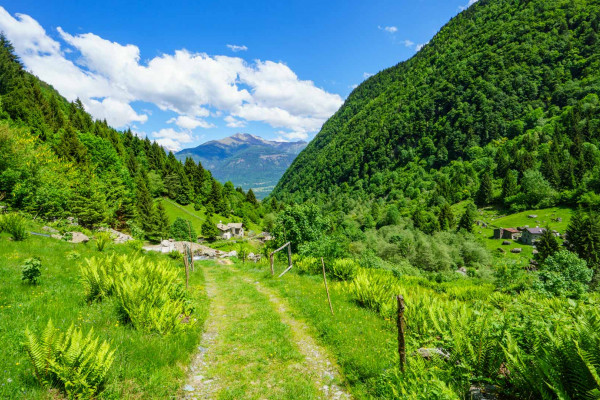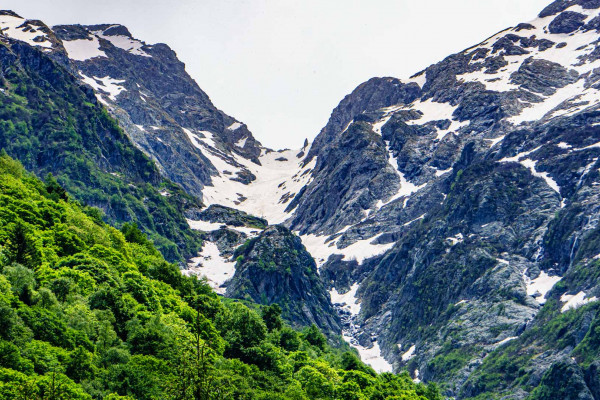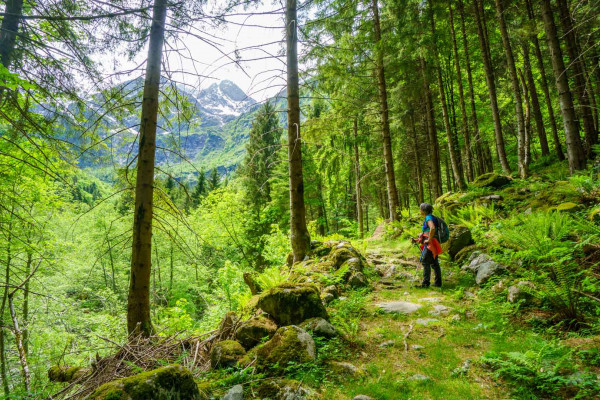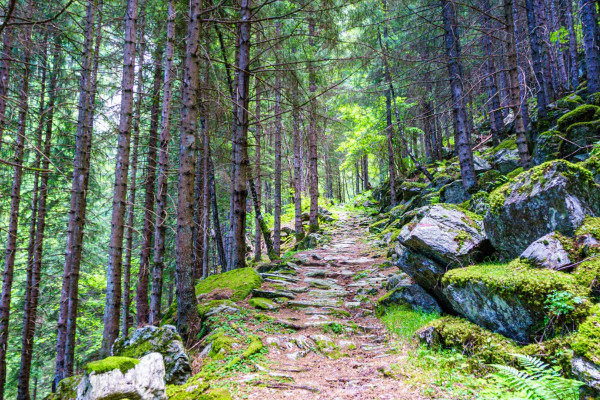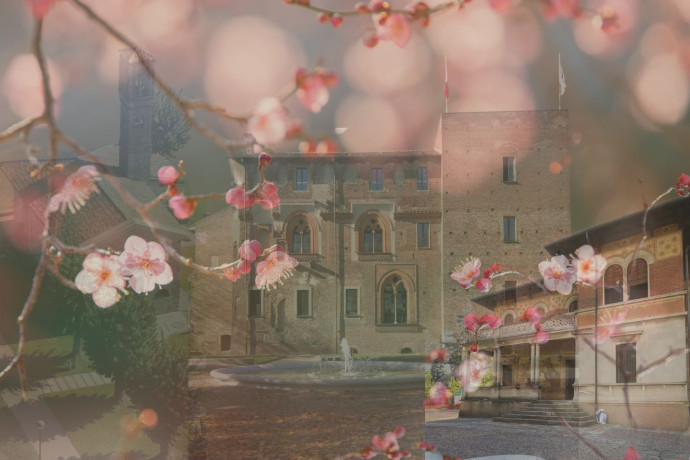- Mountains
- Active & Green
Val Malgina
One of the wildest and less known valleys in Valtellina
Val Malgina is one of the less known valleys in the Orobic Alps, suitable for canyoning ice and rock climbing and mountaineering. This is a wild valley, hardly accessible because of the lack of roads, marked out by a primitive charm, also thanks to a dense vegetation: woods of conifers, alpine meadows, vast stretches of rhododendrons, alders and junipers.
The valley is crossed by the creek Malgina and by a deep and steep gorge, the longest in the Orobic Alps, with its 1400 m cliff. In the background of this valley, there are the Druet peak (2913 m a.s.l.) and the Pizzo del Diavolo di Malgina (2926 m a.s.l.).
Val Malgina can be reached from Castello dell'Acqua, by following the signs to La Paiosa - Carro. In order to go beyond La Paiosa by car, a small off-road vehicle is necessary.
PIAN DELLA VALLE BIVOUAC
The Pian della Valle bivouac (1187 m a.s.l.) was built on the boarder between a clearing and the surrounding woods of Val Malgina. The bivouac is open all year round and is consists of one room with a table, chairs, flatware, a fireplace and some firewood, but there are no matresses nor blankets. A fountain in front of the building provides water, but often not in a sufficient amount. It takes only twenty minutes to admire some waterfalls.
LA PETTA BIVOUAC
In Val Malgina there is also the La Petta Bivouac, at an elevation of 1452 m a.s.l., in a clearing on the right side of the gorge of Val Malgina. The bivouac is a stone building, which features a wooden plank (with room for 5-6 people) and is provided with sleeping bags. There are also a wooden table with benches, a closet, some flatware, firewood and a spot on the ground where it's possibile to lit fire. Water has to be collected at the last ford encountered before reaching the bivouac.
The bivouac is open all year round, but it is advisable to reach it in summer, when it is suitable for skilled hikers. With snow or ice, the trail is much more difficult and adequate equipment is necessary.
Photo: Federico Pollini
